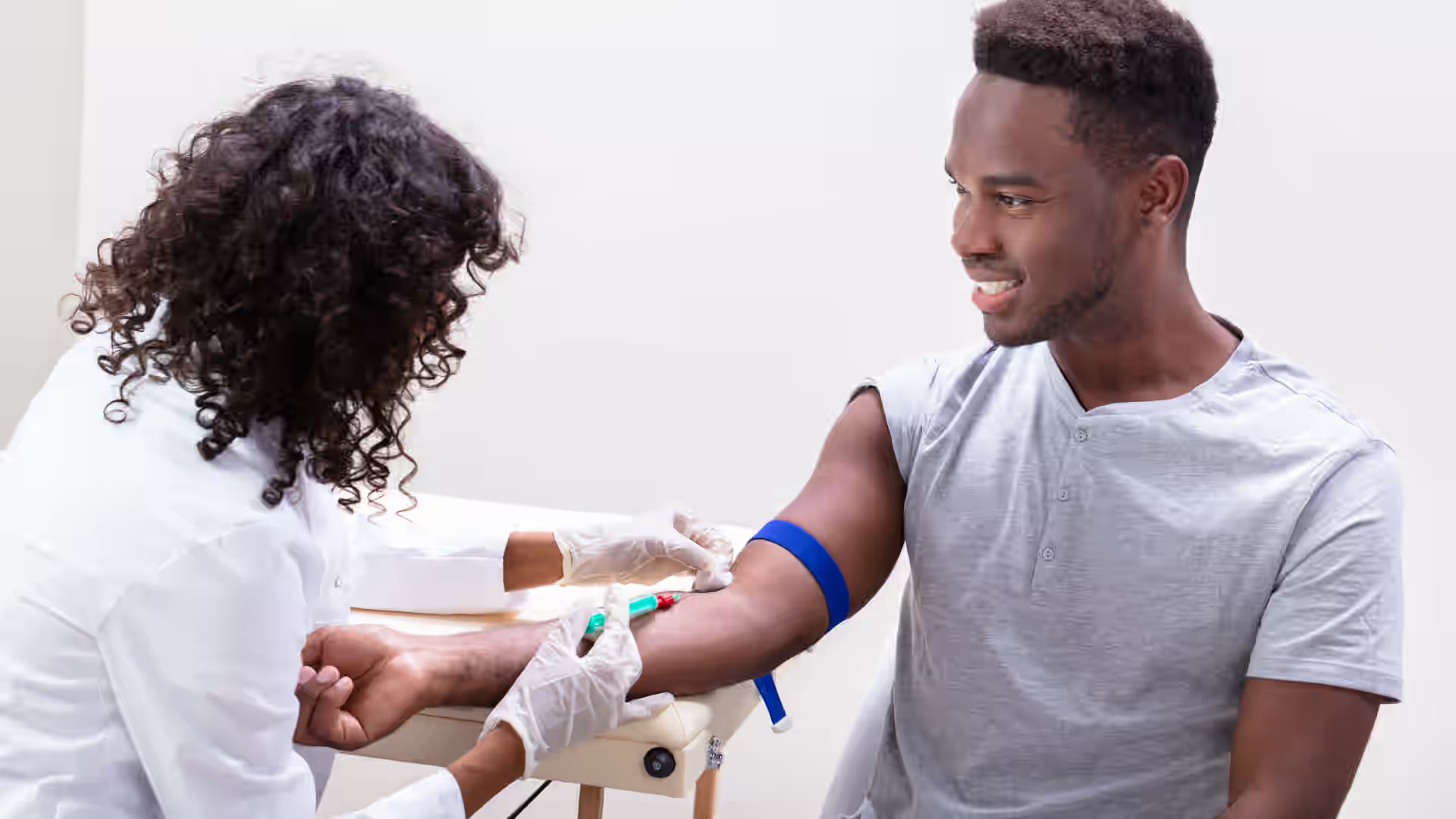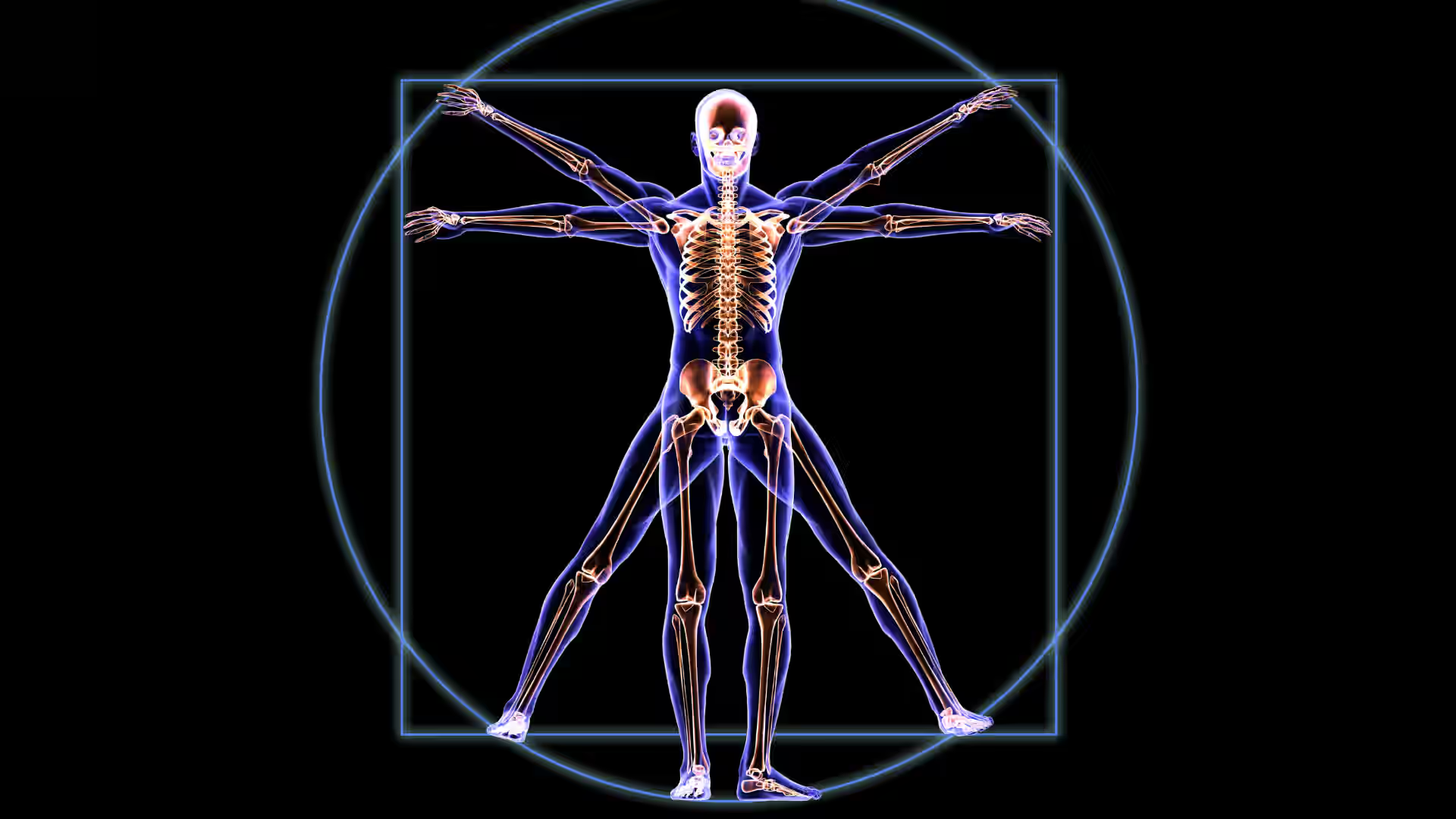If you have fatigue that doesn't go away even with proper rest, it might be helpful to talk to a healthcare provider about anemia. Iron deficiency anemia is a common type of anemia, making up 50% of all cases. Iron is important for blood production, and low levels can result in symptoms such as feeling very tired. The causes of this form of anemia can vary and may depend on age and gender. Many people may not notice symptoms until it is identified through a blood test.
However, untreated iron deficiency can lead to more serious health issues, highlighting the importance of testing and management. This article will explain the varying underlying causes of iron deficiency anemia and provide integrative approaches to support the management of this condition. With proper testing and guidance from a healthcare provider, iron deficiency anemia can be managed effectively.
[signup]
What is Iron Deficiency Anemia?
Iron deficiency anemia occurs when the body lacks sufficient iron levels to produce an adequate amount of hemoglobin, the protein in red blood cells that carries oxygen to tissues. This is a key function of hemoglobin, and understanding it can help us appreciate the significance of iron in our body's functioning. Anemia is a decrease in red blood cells or hemoglobin concentration below the normal range for the patient's age and sex.
In iron deficiency anemia, the condition progresses through three distinct stages, each more severe than the last. The initial stage involves depleting the body's iron stores, though red blood cell production is not yet affected. As the deficiency worsens in the second stage, iron levels become so low that the bone marrow can only manufacture red blood cells with insufficient hemoglobin. Finally, in the third and most severe stage, hemoglobin levels fall below the normal threshold, resulting in the symptoms of this form of anemia. This progressive nature of the condition underscores the need for early intervention.
Early detection and prompt management, guided by healthcare professionals, are crucial to prevent the condition from advancing and potentially leading to complications.
What Are The Signs and Symptoms of Iron Deficiency Anemia?
The clinical manifestations of iron deficiency anemia can emerge gradually as the condition progresses through its stages. The primary symptoms, fatigue and shortness of breath, arise from the impaired oxygen-carrying capacity of the blood due to diminished hemoglobin levels.
As an iron-deficient state persists, patients may experience a constellation of signs and symptoms, including:
- Generalized weakness and lethargy
- Paleness of the skin and mucosal membranes
- Dizziness or vertigo
- Lightheadedness
- Tachycardia (rapid heart rate)
- Chest pain, potentially indicative of myocardial ischemia
- Pica (compulsive cravings to ingest non-nutritive substances like ice, dirt, or paper)
- Easy bruising and prolonged bleeding
- Headaches
- Chills
- Restless legs syndrome
- Brittle, spooned fingernails
- Angular cheilitis (cracks at the corners of the mouth)
- Cold extremities
- Glossitis (sore, inflamed tongue)
The Possible Causes of Iron Deficiency Anemia
Understanding the multifactorial etiology of iron deficiency anemia in adults, with contributing factors that may vary based on age, gender, and socioeconomic status, is crucial. This knowledge empowers us to identify and address the major underlying causes of this hematologic disorder:
Inadequate Dietary Iron Intake
Insufficient consumption of iron-rich foods, a prevalent cause of iron deficiency anemia, can have health implications. Dietary iron, derived primarily from heme sources such as red meat, poultry, and seafood and non-heme sources like legumes, fortified cereals, and leafy green vegetables, is important for our well-being. Inadequate intake, often a result of poor nutritional choices, restricted access to nutrient-dense foods, or increased iron requirements during physiologic states like pregnancy, can put us at risk. This is particularly true for individuals following vegan or vegetarian diets, who may require iron supplementation.
Chronic Blood Loss
Recognizing the most common cause of iron deficiency anemia, especially among the elderly population, which is chronic blood loss, is crucial for early detection and management. Gastrointestinal (GI) tract bleeding from conditions like peptic ulcers, polyps, and colorectal cancer can lead to insidious iron depletion. Prolonged use of medications such as nonsteroidal anti-inflammatory drugs (NSAIDs) or aspirin can also precipitate gastrointestinal hemorrhage. Other potential sources of blood loss include menorrhagia (heavy menstrual bleeding), bleeding from the urinary tract, traumatic injuries, and frequent blood donations. Being aware of these factors can help us take proactive steps towards our health.
Gastrointestinal (GI) Disorders
Certain gastrointestinal conditions, including celiac disease, gastritis, Helicobacter pylori infection, and inflammatory bowel disease (IBD), are associated with impaired intestinal iron absorption and subsequent iron deficiency anemia. Individuals who have undergone gastric bypass surgery may also be at increased risk due to malabsorptive mechanisms, which refer to the body's reduced ability to absorb nutrients, including iron, after this type of surgery.
Endurance Sports
Intense endurance activities, such as marathon running or cycling, can contribute to the breakdown of red blood cells (a process known as hemolysis), leading to iron deficiency anemia in susceptible individuals. Athletes engaging in strenuous endurance training may require increased iron intake or supplementation.
Functional Medicine Labs to Test for Root Cause of Iron Deficiency Anemia
In order to help diagnose and manage iron deficiency anemia, your doctor will order lab tests. Here are some functional medicine labs that may be used to explore the root causes of iron deficiency anemia:
CBC (Complete Blood Count)
The CBC blood test is commonly used to assess iron deficiency anemia as it measures hemoglobin levels, iron levels, and ferritin levels. The results of this test can help identify this condition. Iron and ferritin levels less than 10 may suggest iron-deficiency anemia. Other markers that may indicate iron deficiency anemia include low levels of hemoglobin, hematocrit, MCV (mean corpuscular volume), MCHC (mean corpuscular hemoglobin concentration), and MCH (mean corpuscular hemoglobin).
Anemia Panel
The anemia panel is specific for iron deficiency anemia and should be regularly tested for those who have a history of this condition. This panel assesses serum iron levels, ferritin, TIBC (total iron binding capacity), UIBC (unsaturated iron binding capacity), transferrin, and transferrin saturation. Low levels of transferrin and transferrin saturation may suggest iron deficiency. In comparison, low levels of serum iron may indicate a progression of anemia, as this marker shows the body's use of iron stores. TIBC and UIBC have an indirect relationship with transferrin and transferrin saturation. Therefore, these levels may be elevated in iron deficiency anemia.
Gut Zoomer
The Gut Zoomer analyzes the gut's overall health and the microbiome's balance. This functional lab test will also provide information on any pathogens that are associated with chronic conditions such as H. pylori. The comprehensive microbiome analysis will also provide practitioners with valuable insights into gastrointestinal conditions such as celiac and IBD that are linked to creating iron absorption issues.
Micronutrient Panel
The micronutrient panel is a useful functional lab to assess nutrient levels such as iron. It also measures vitamin C levels that can help with iron absorption. The results of this test can guide targeted supplement protocols to address any nutrient deficiencies.
[signup]
Conventional Treatment For Iron Deficiency Anemia
Conventional approaches for managing iron deficiency often involve iron supplementation and IV infusions. Iron supplements are commonly used by doctors. However, if the anemia is from a condition that affects absorption, they may recommend IV infusions of iron to support iron levels. This condition is usually manageable with appropriate care.
Functional Medicine Treatment for Iron Deficiency Anemia
The functional medicine approach for iron deficiency anemia is to address the underlying causes while supporting the whole body and optimizing overall health. The following are functional and integrative approaches to supporting the management of iron-deficiency anemia:
Nutrition Considerations For Iron Deficiency Anemia
Maintaining sufficient iron levels may involve a diet rich in iron. Iron consists of two forms, heme iron and non-heme iron, with varying absorption rates. Heme iron, found predominantly in animal-based foods like red meat, poultry, and seafood, is more easily absorbed by the body and contributes significantly to total dietary iron intake. In contrast, non-heme iron is found in plants, including legumes, kale, and spinach. It's also beneficial to enhance iron absorption by incorporating vitamin C-rich foods such as citrus, strawberries, bell peppers, broccoli, and tomatoes.
It's important to understand that there are also certain foods that can hinder iron absorption. For those with iron deficiency anemia, it may be helpful to limit the intake of iron inhibitors like tea, coffee, calcium-rich foods, and high-phytate foods such as whole grains and legumes. These substances can interfere with iron absorption and should be consumed separately from iron-rich meals.
Using Supplements To Support The Management of Iron Deficiency Anemia
There are a few ways that iron supplements may be taken to increase absorption. They should be taken at least two hours away from antacids, dairy, or calcium-rich foods. Iron supplementation is often recommended to be taken without food, as food can decrease absorption by 40%. With that stated, here is a form of iron supplement that may be considered along with cofactors to help with absorption:
Iron Bisglycinate
There are many forms of iron for supplements. They include ferrous, gluconate, and fumarate. However, a form of iron often used by functional medicine practitioners is iron bis-glycinate as it may be associated with less constipation and is often better tolerated. The dosing suggestion is 60 mg every other day, away from meals for at least three months.
Vitamin C
Vitamin C has been associated with increasing the absorption rate of iron by up to 7.1% when taken with it. The effective dose of vitamin C was 1,000 mg taken every other day at the same time as iron supplementation for at least three months.
Betaine HCl
Hydrochloric acid has been shown to support digestion and absorption of iron-rich foods and supplemental iron in GI issues that have a reduction in stomach acid. Therefore, supplementing with Betaine HCl may be beneficial. The recommended dose is 500-1000 mg with meals.
Complementary and Integrative Medicine
Other complementary and integrative therapies have been associated with supporting iron absorption, such as acupuncture and yoga. Evidence suggests that acupuncture-based weight loss can support the absorption rates and therapeutic effects for iron deficiency anemia patients. It was shown to support intestinal iron absorption rates.
Yoga is another integrative approach that has been shown to support the absorption of iron levels. This therapy also supported levels of zinc, copper, and magnesium. The study revealed that there was a significant improvement in these nutrients after twelve weeks of yoga compared to control groups.
[signup]
Summary
The most common form of anemia is iron deficiency anemia. Symptoms can range from non-existent to chronic fatigue, chills, restless syndrome, and chest pain, depending on the stage of the condition. Fortunately, with testing, proper diagnosis, and management, this condition can usually be addressed. Clinicians often recommend iron supplementation to support this form of anemia.
There are also other integrative approaches to consider, such as nutritional plans incorporating iron-rich foods and acupuncture to support absorption rates. IV infusion can also be utilized for people who have absorption issues. It's also important to note that GI issues such as Celiac can contribute to the development of iron deficiency anemia. Therefore, it is vital to assess the root cause of this condition so it can be accurately addressed. Functional medicine labs are excellent tools to help you investigate these root causes.





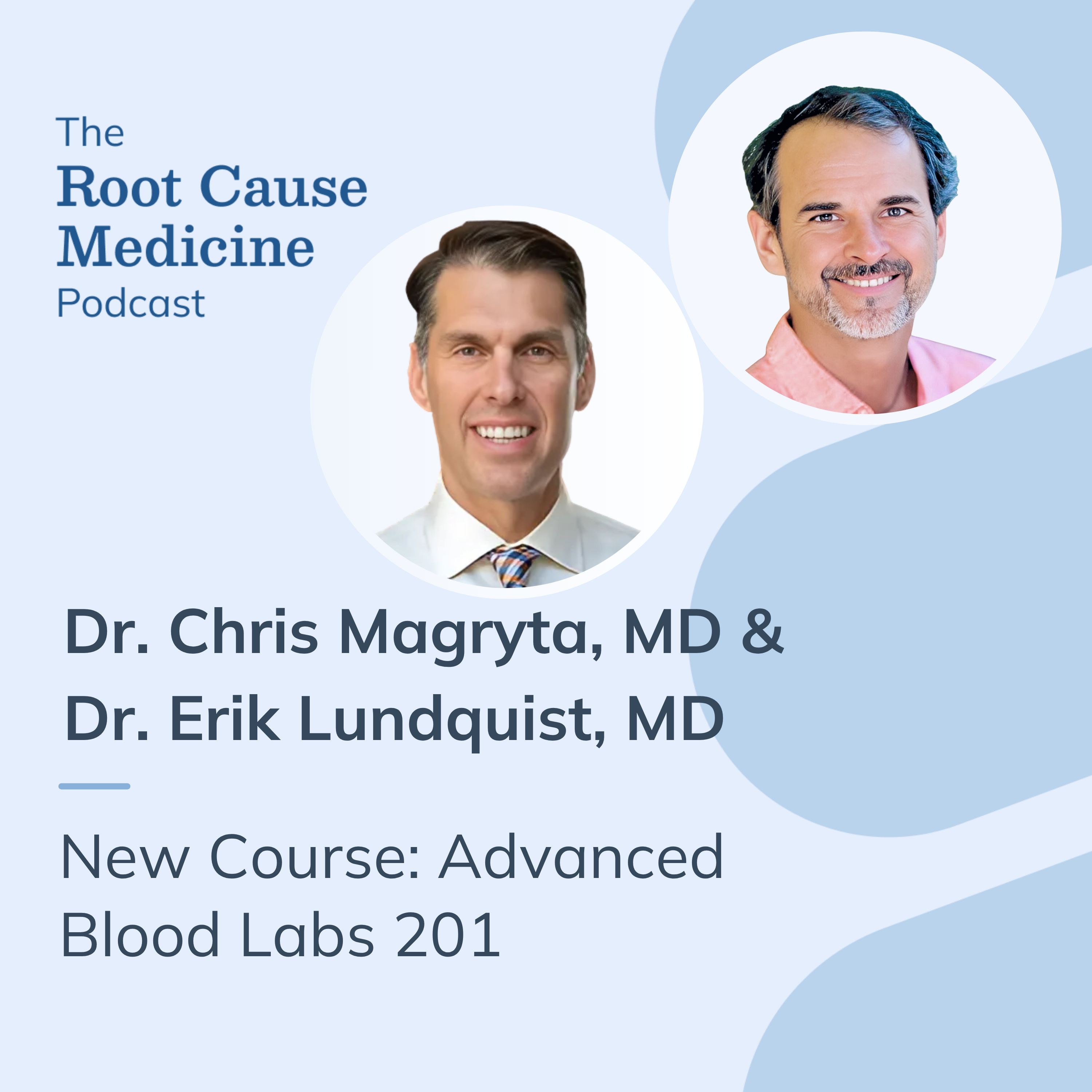

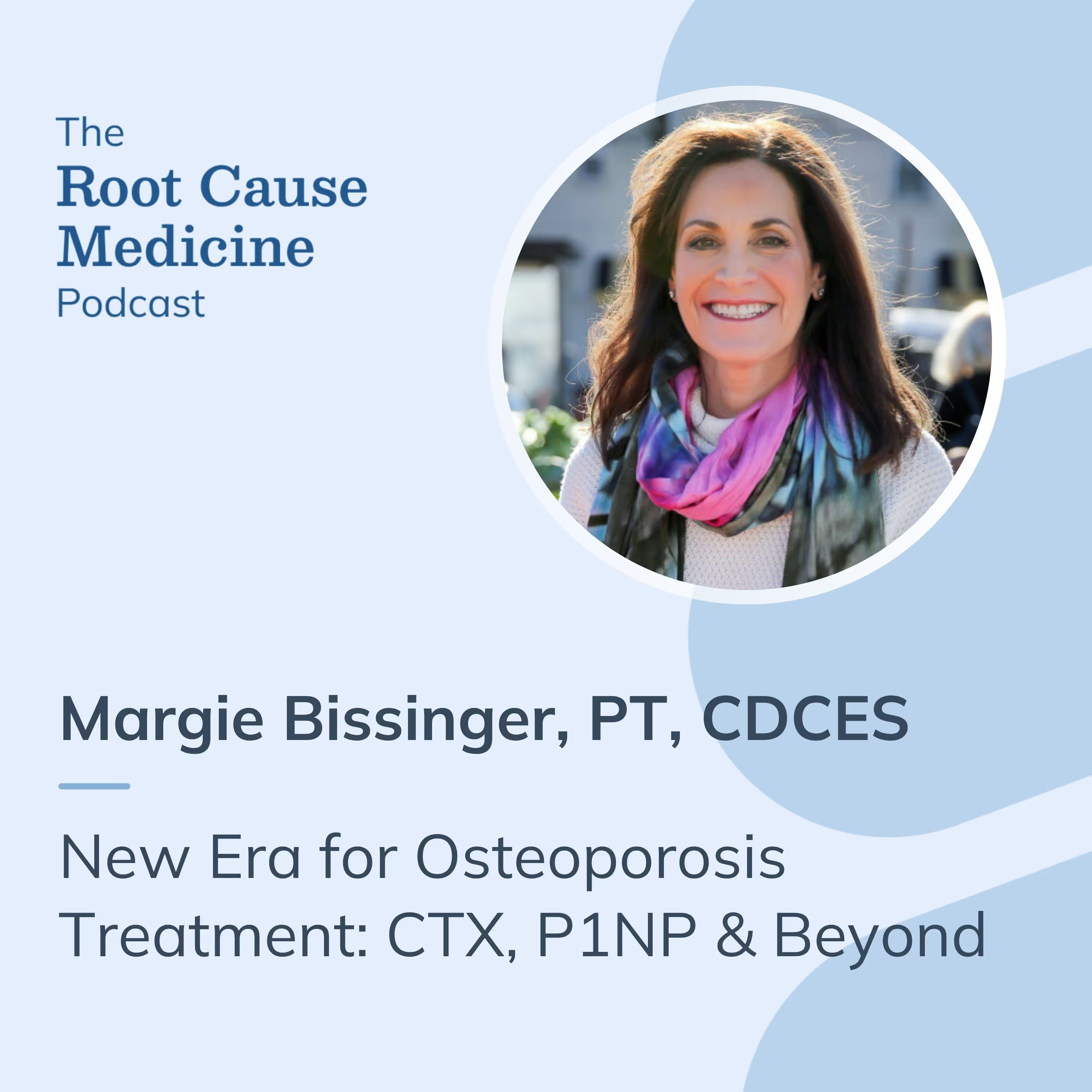
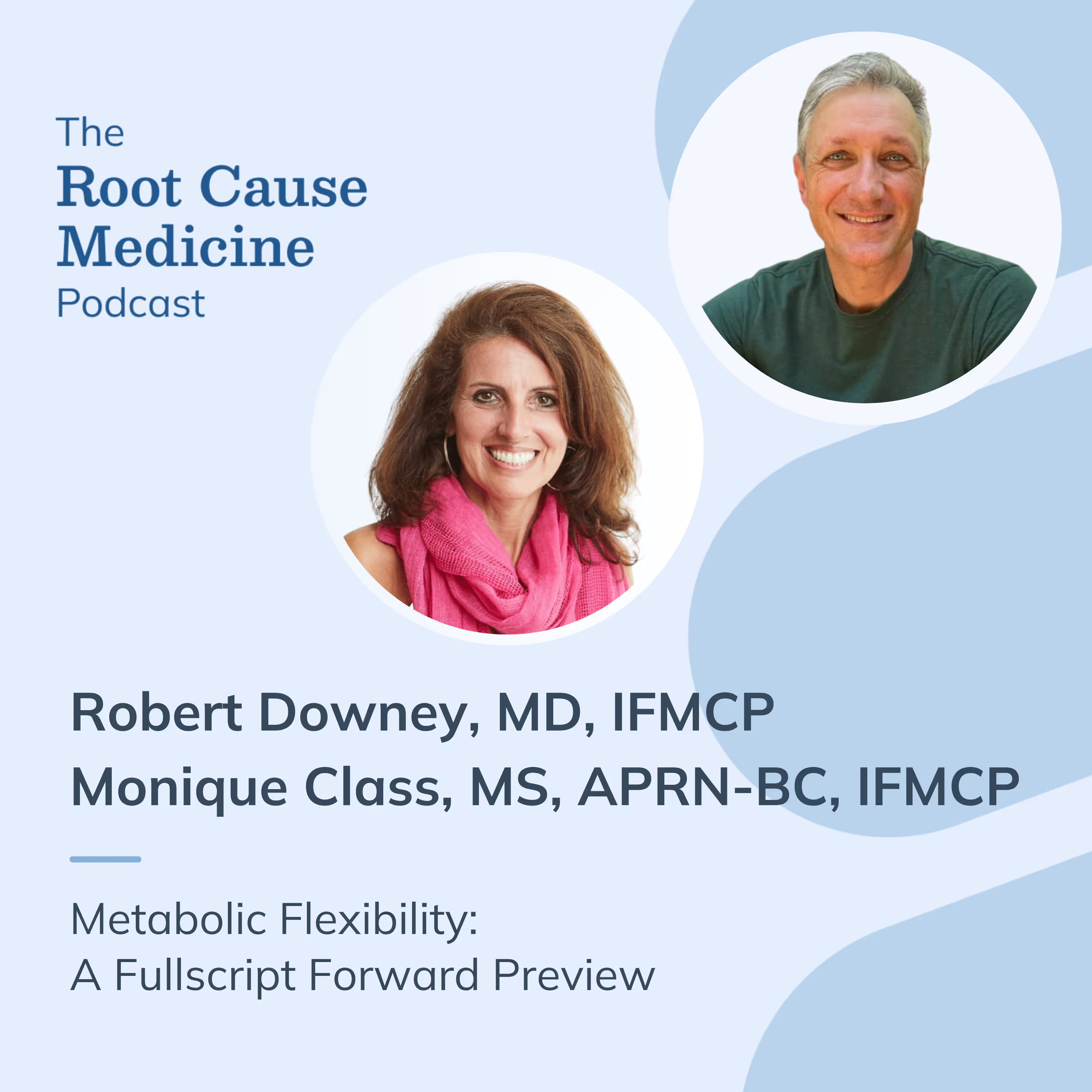
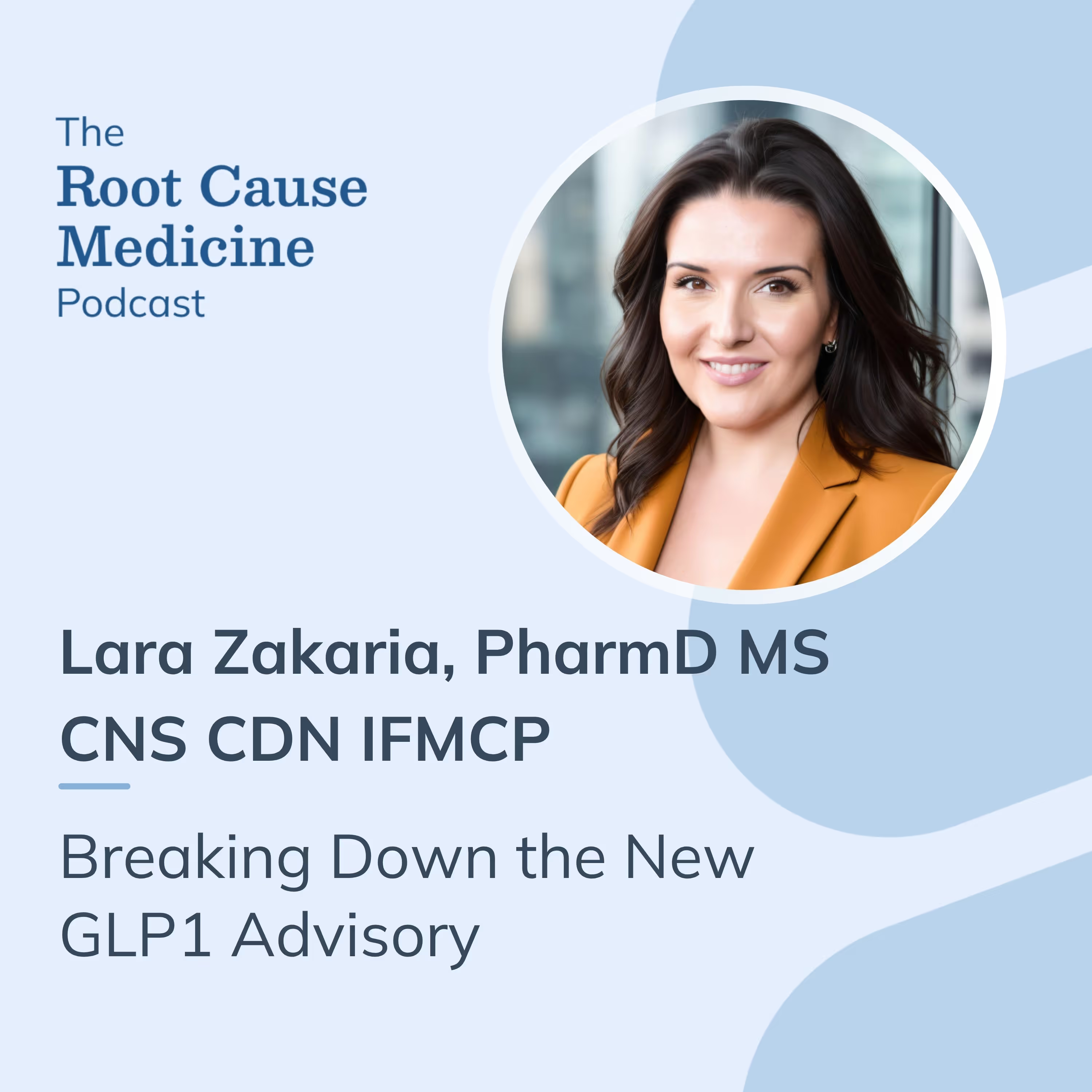


%201.svg)




